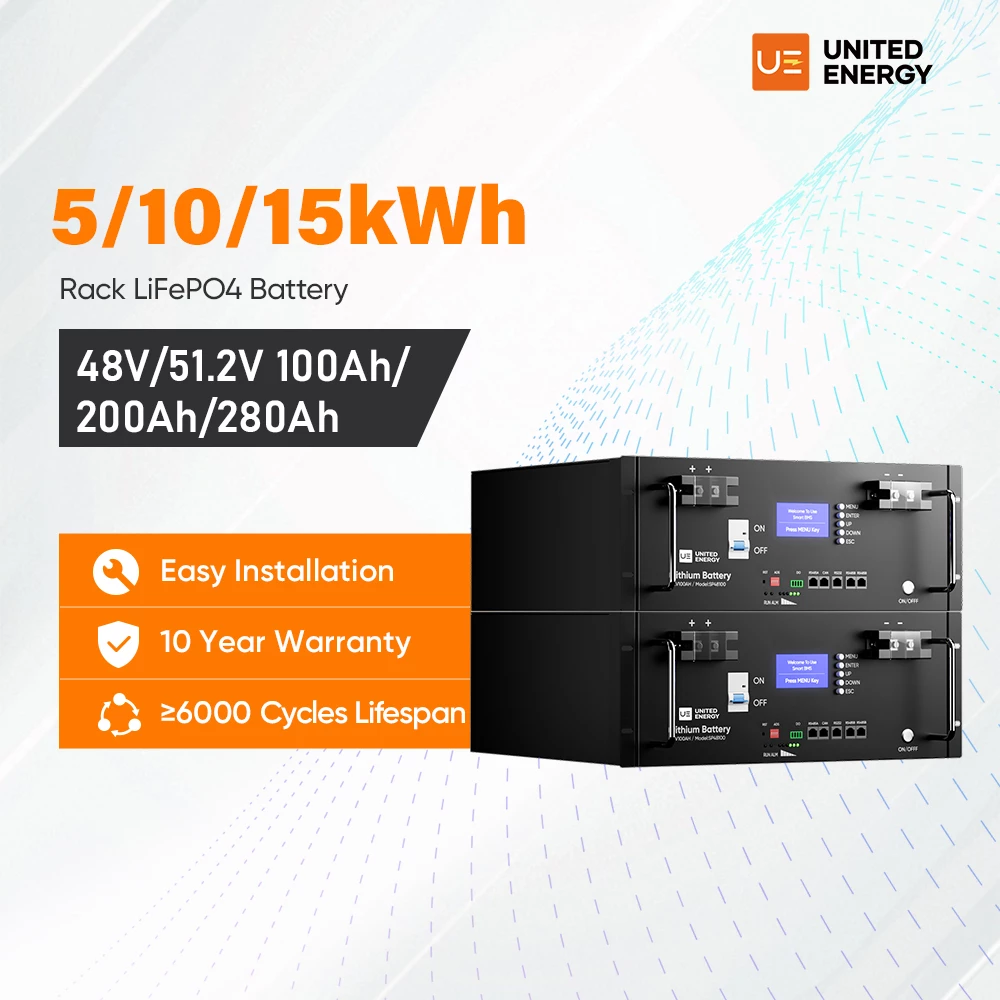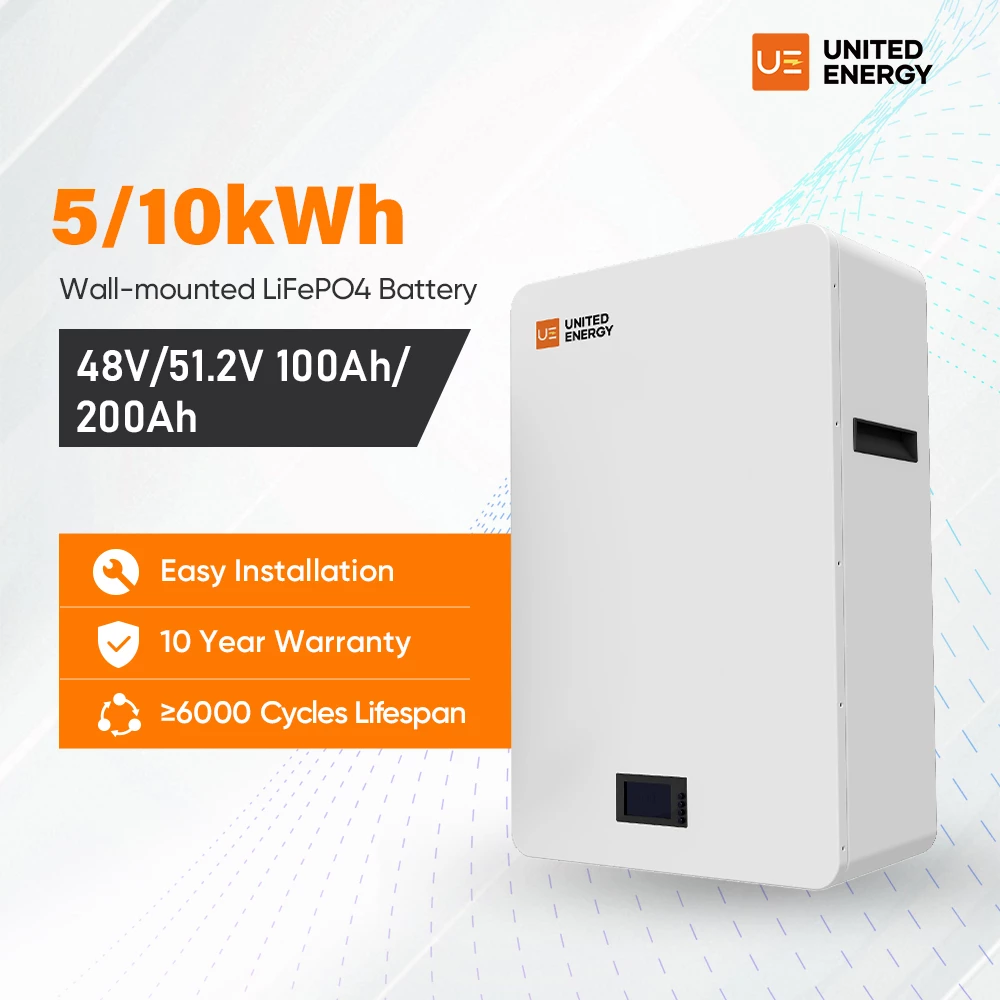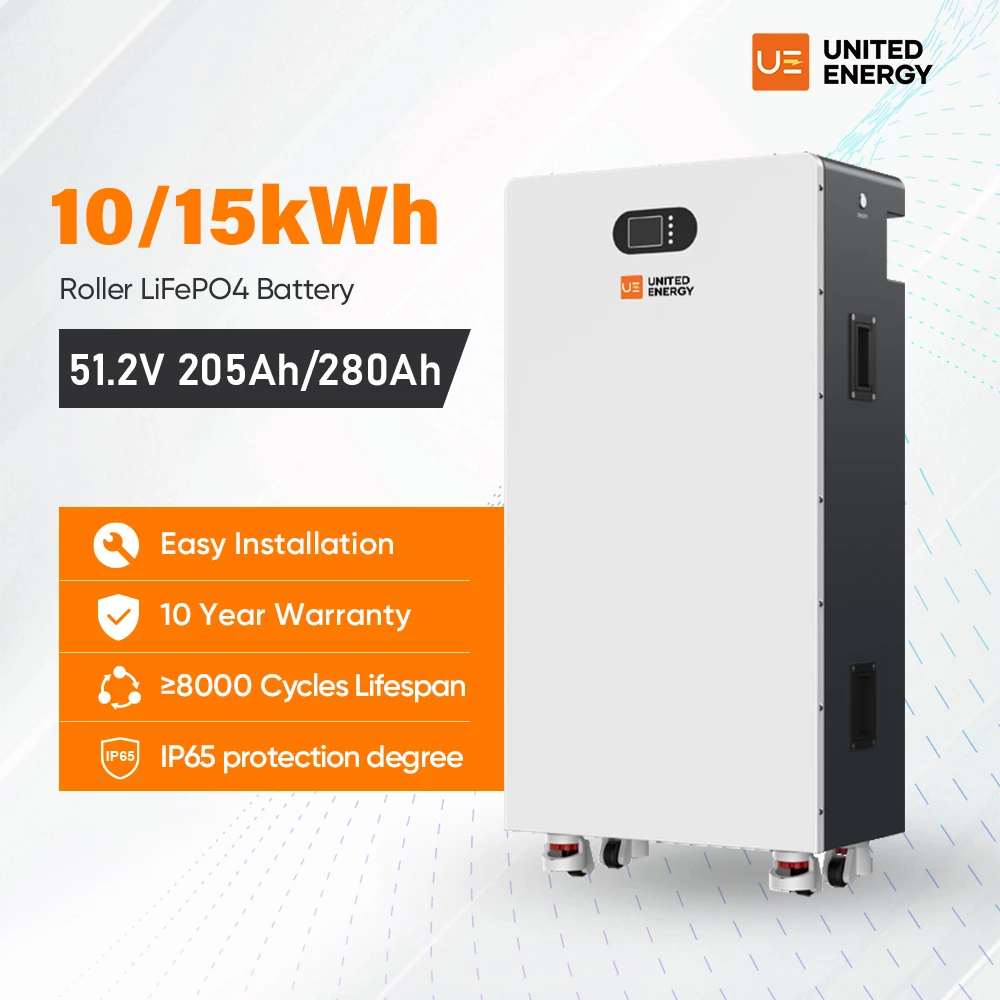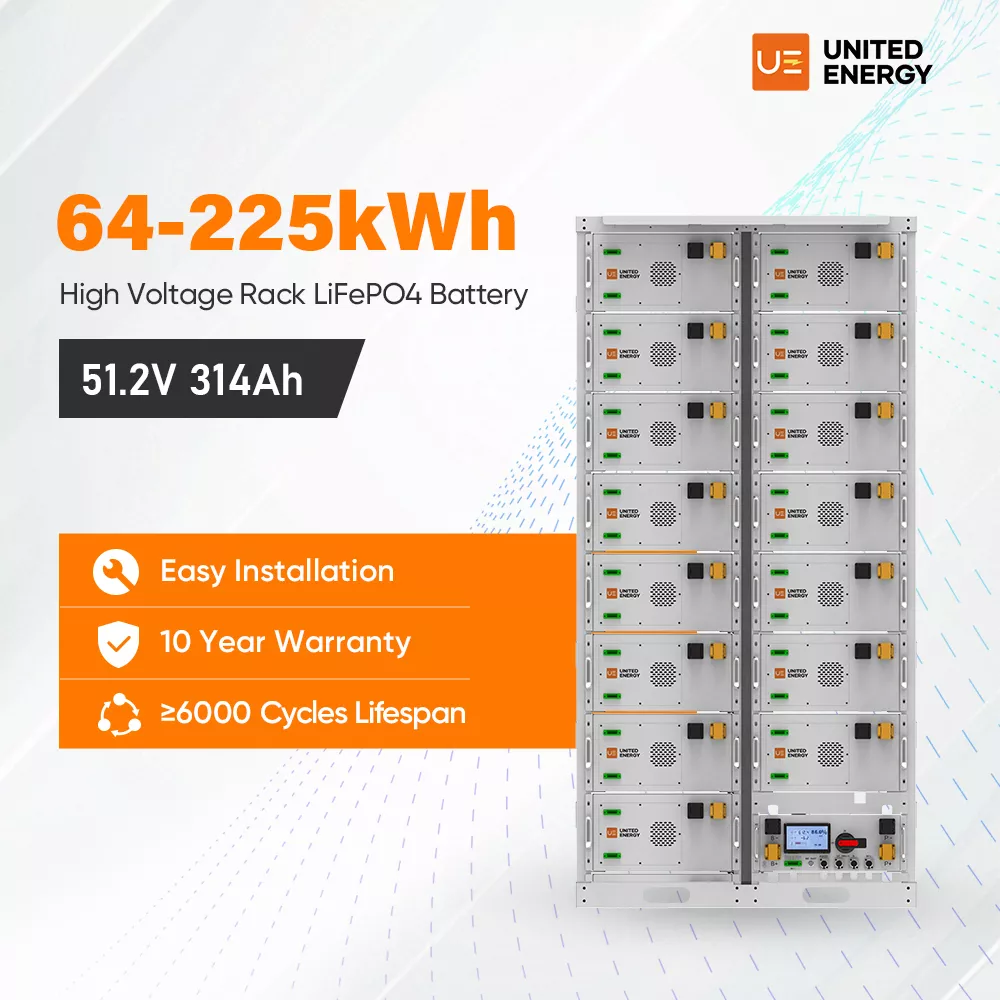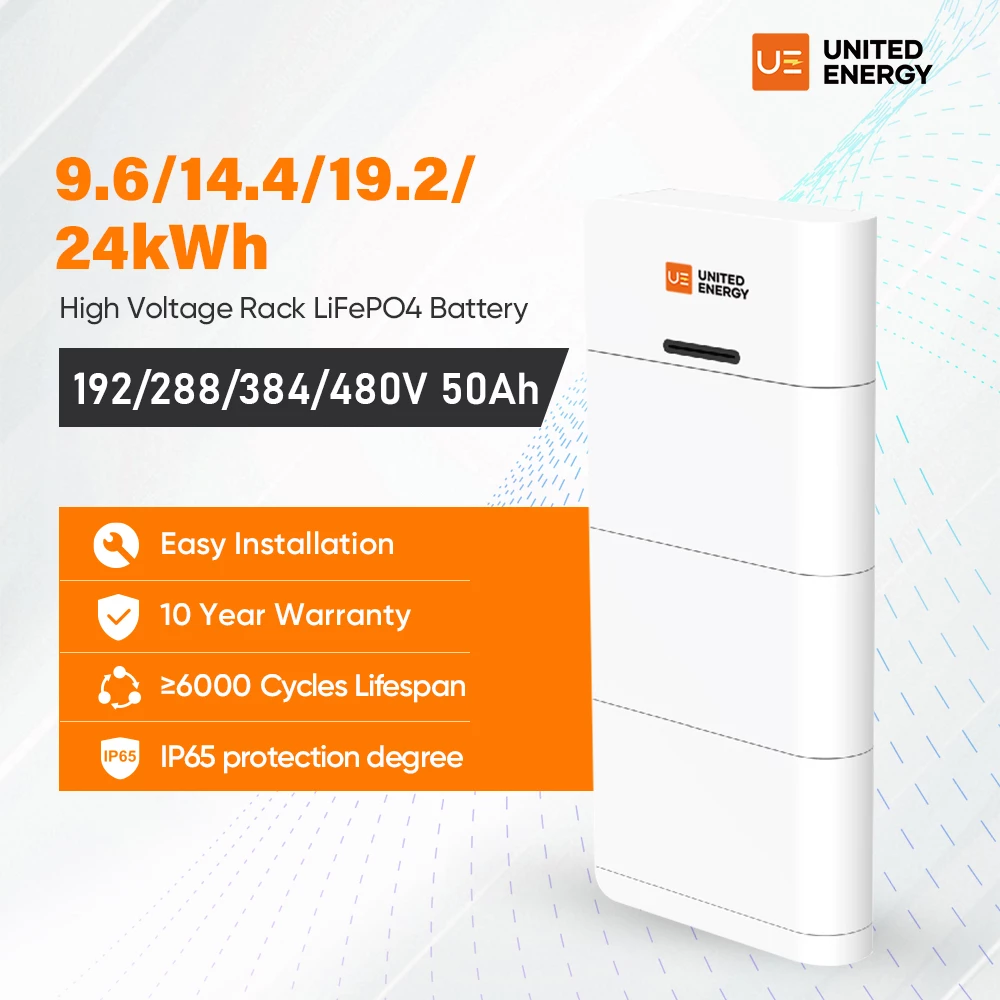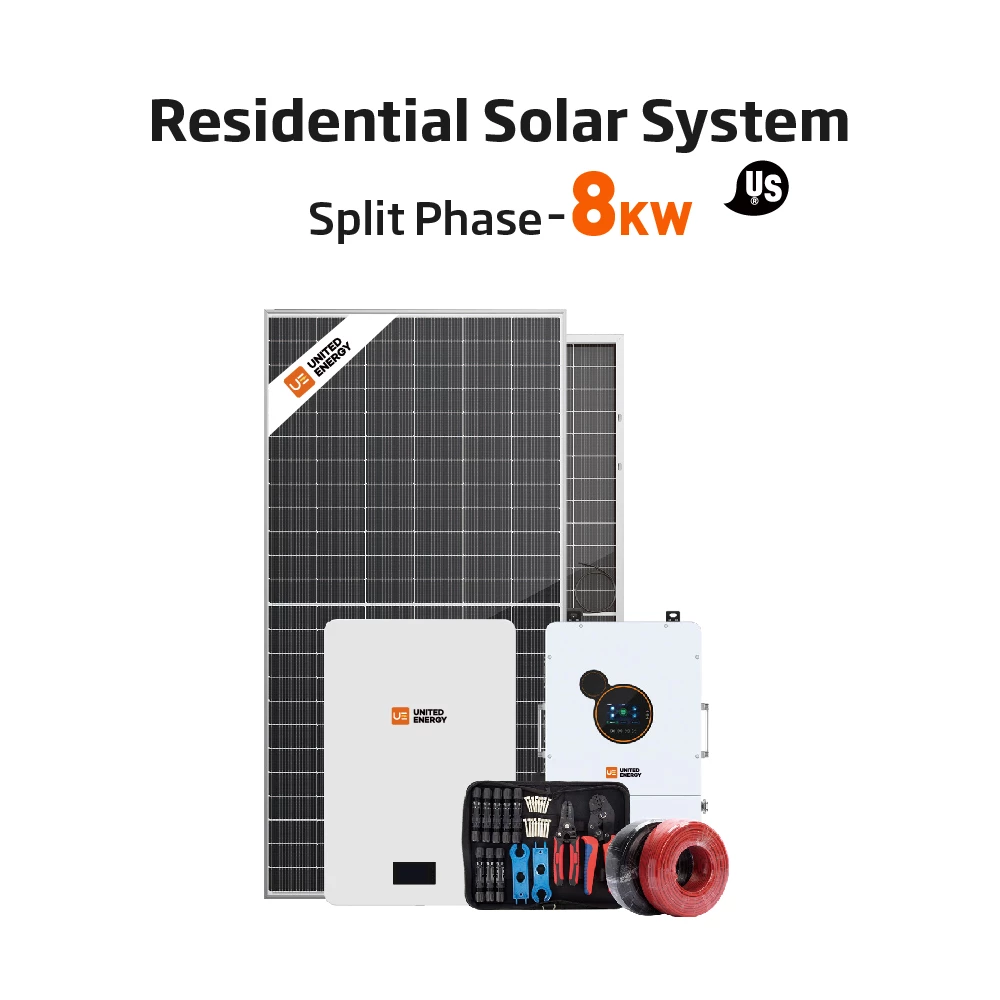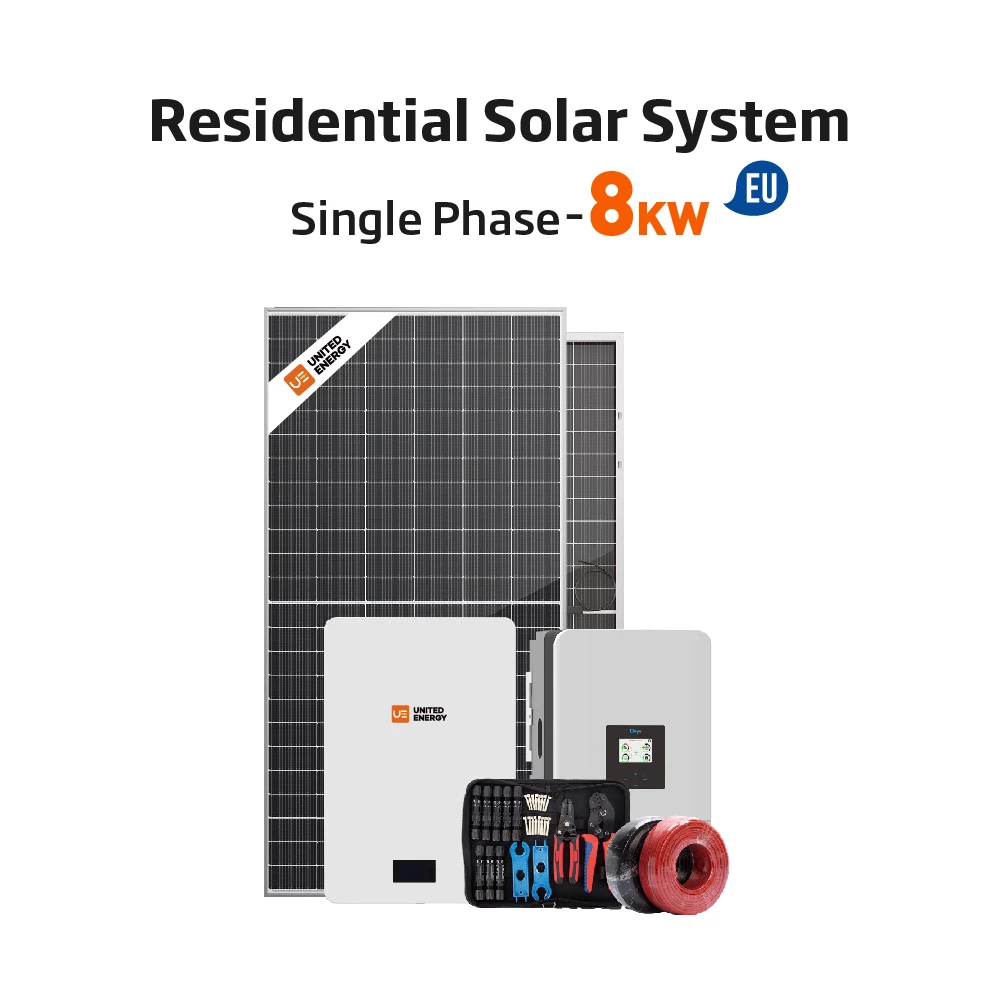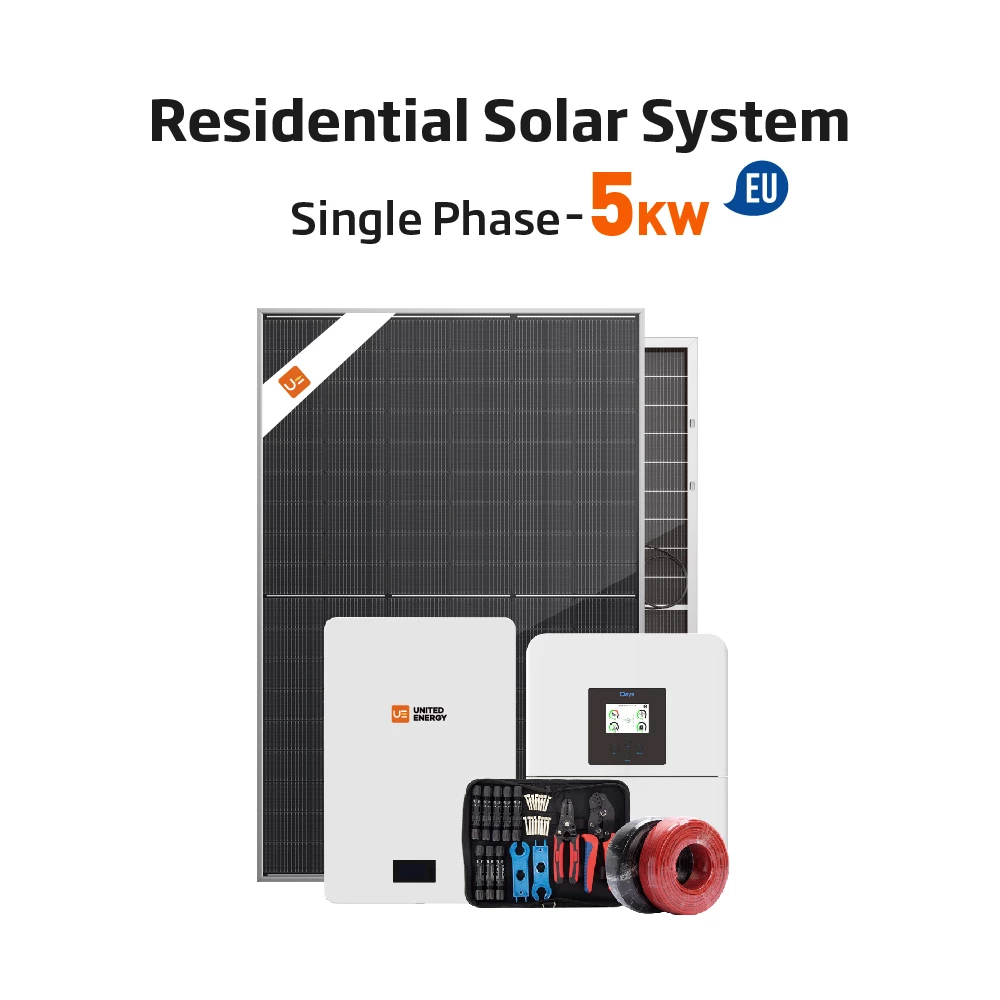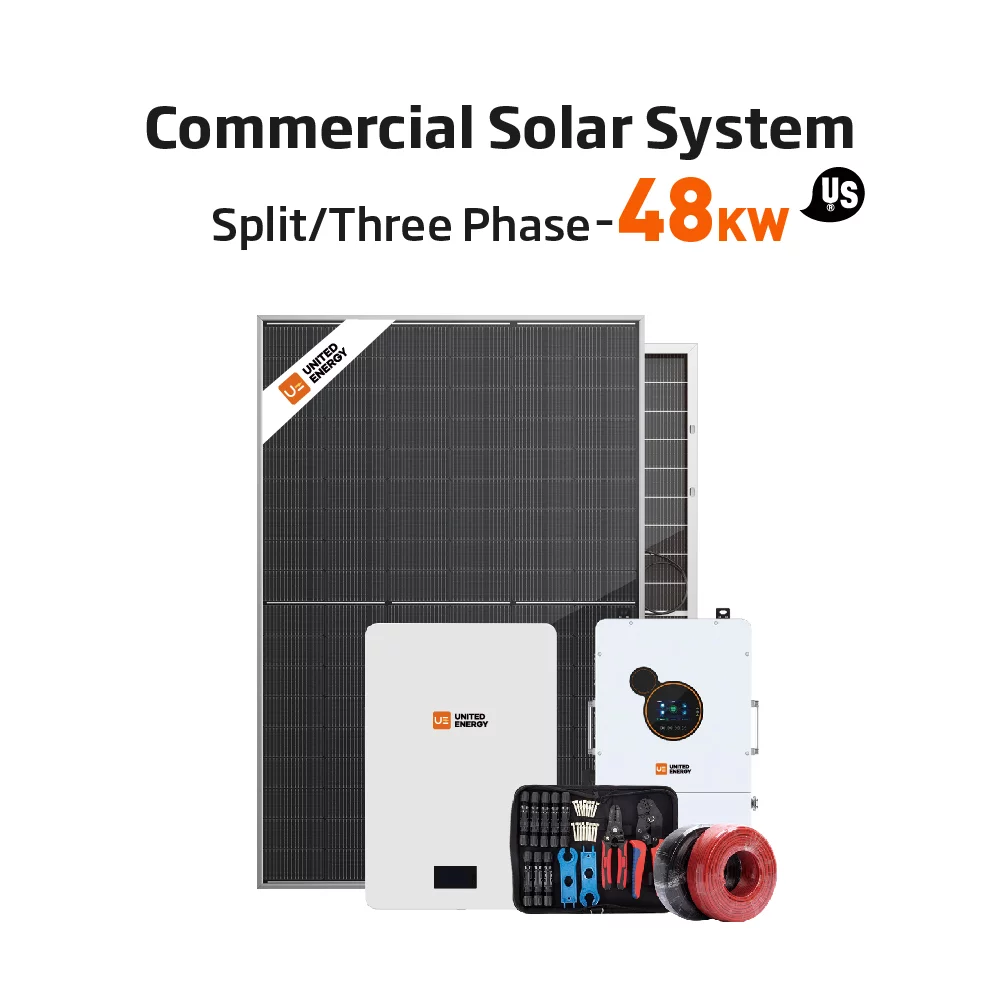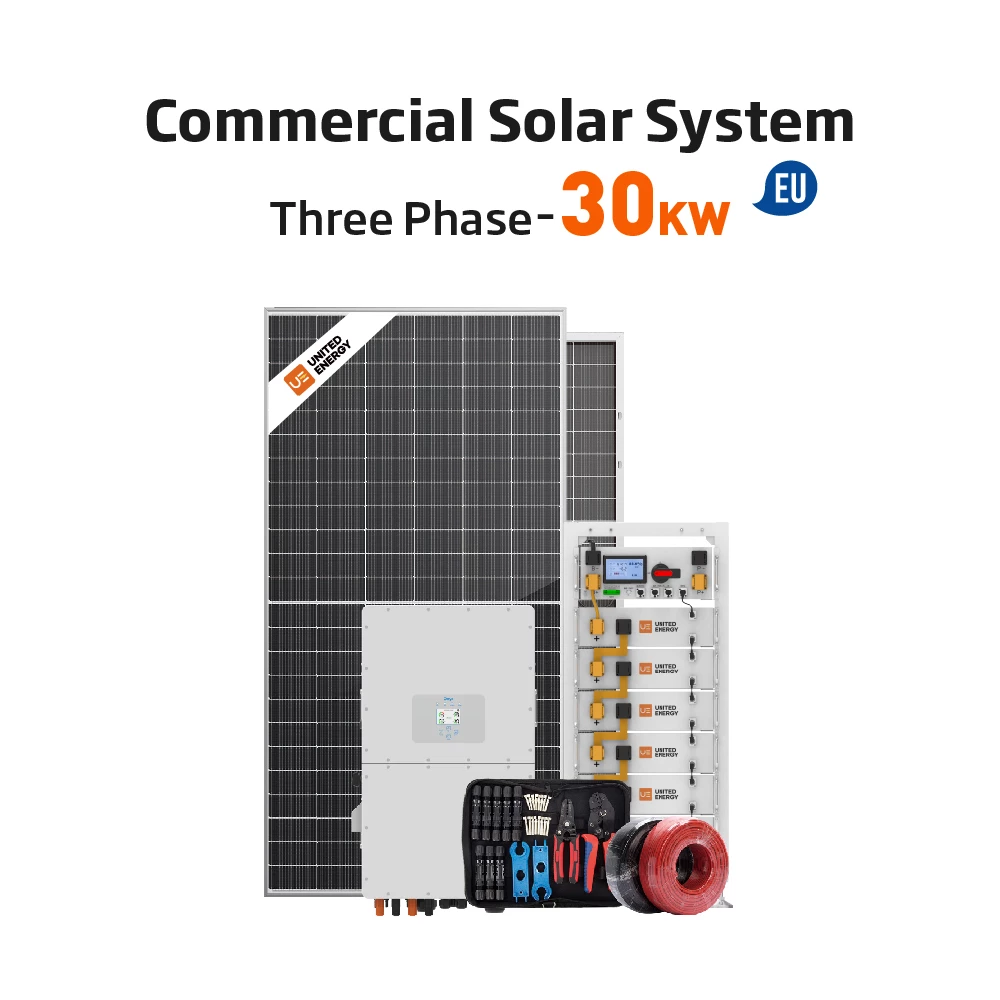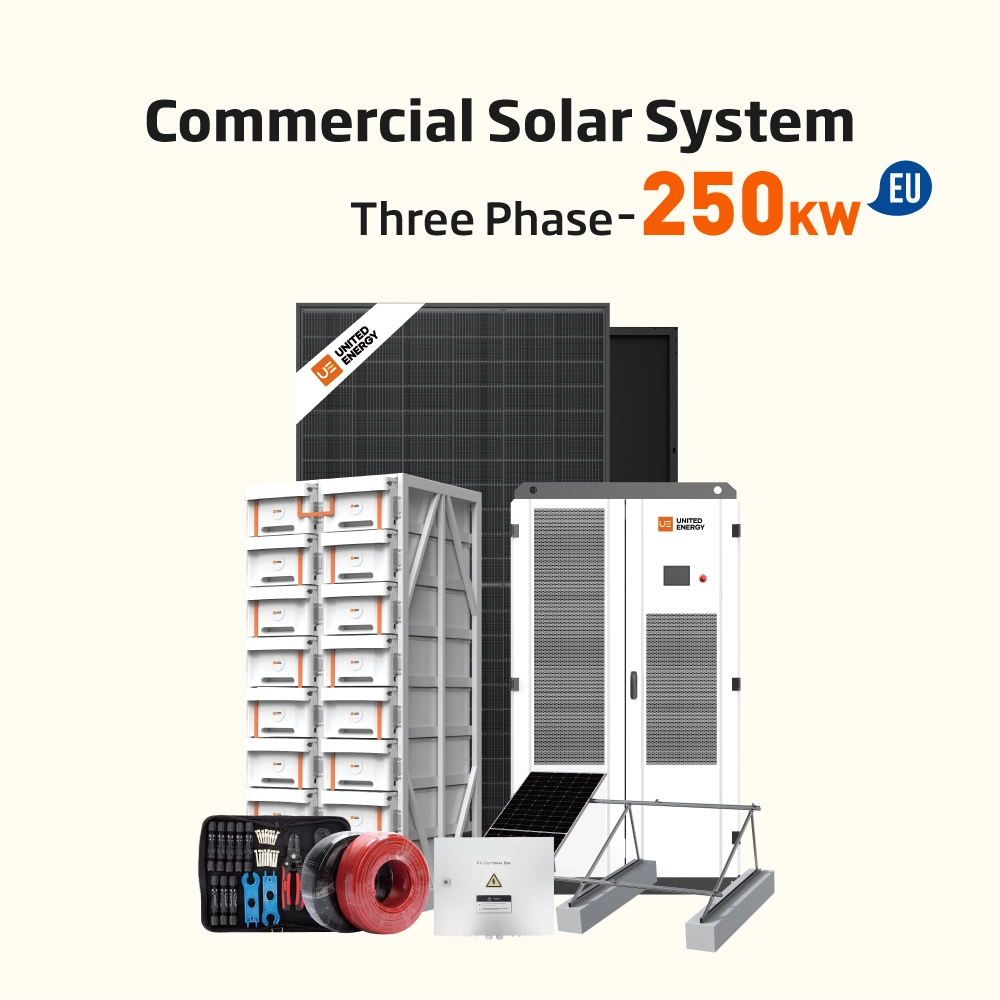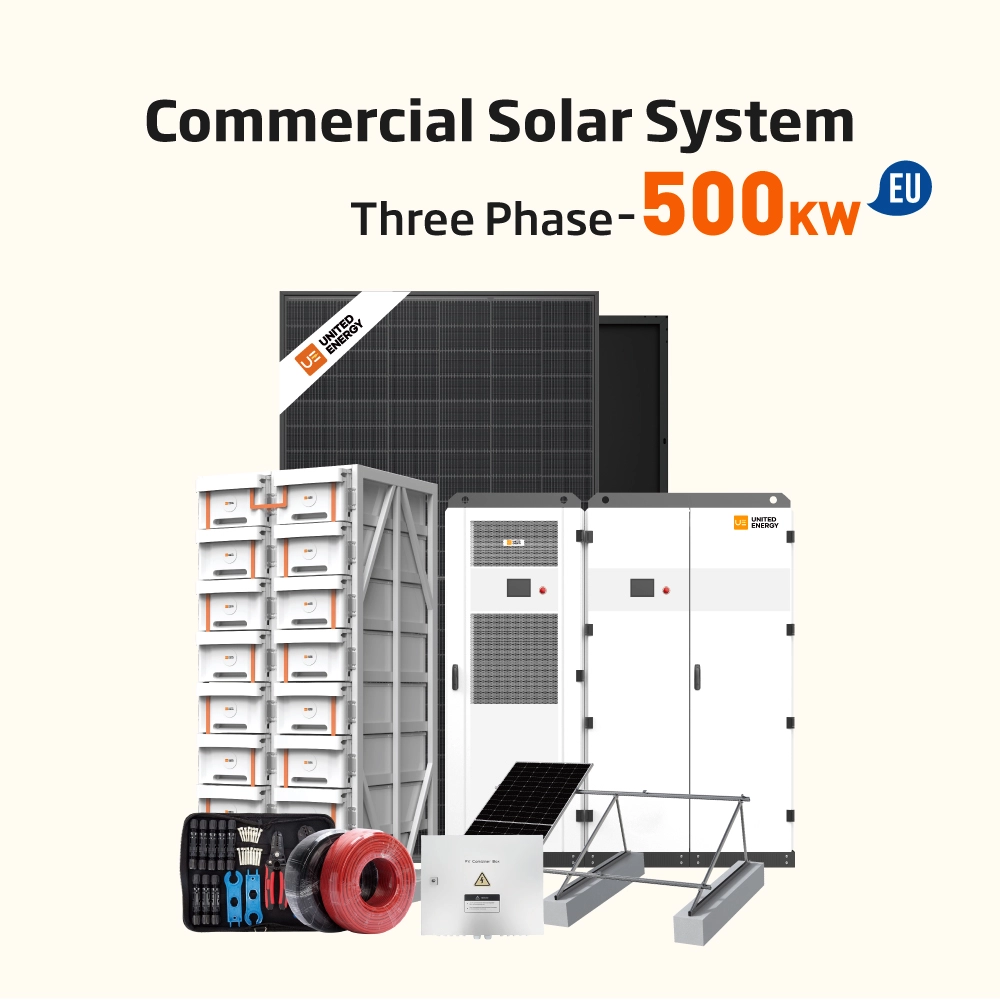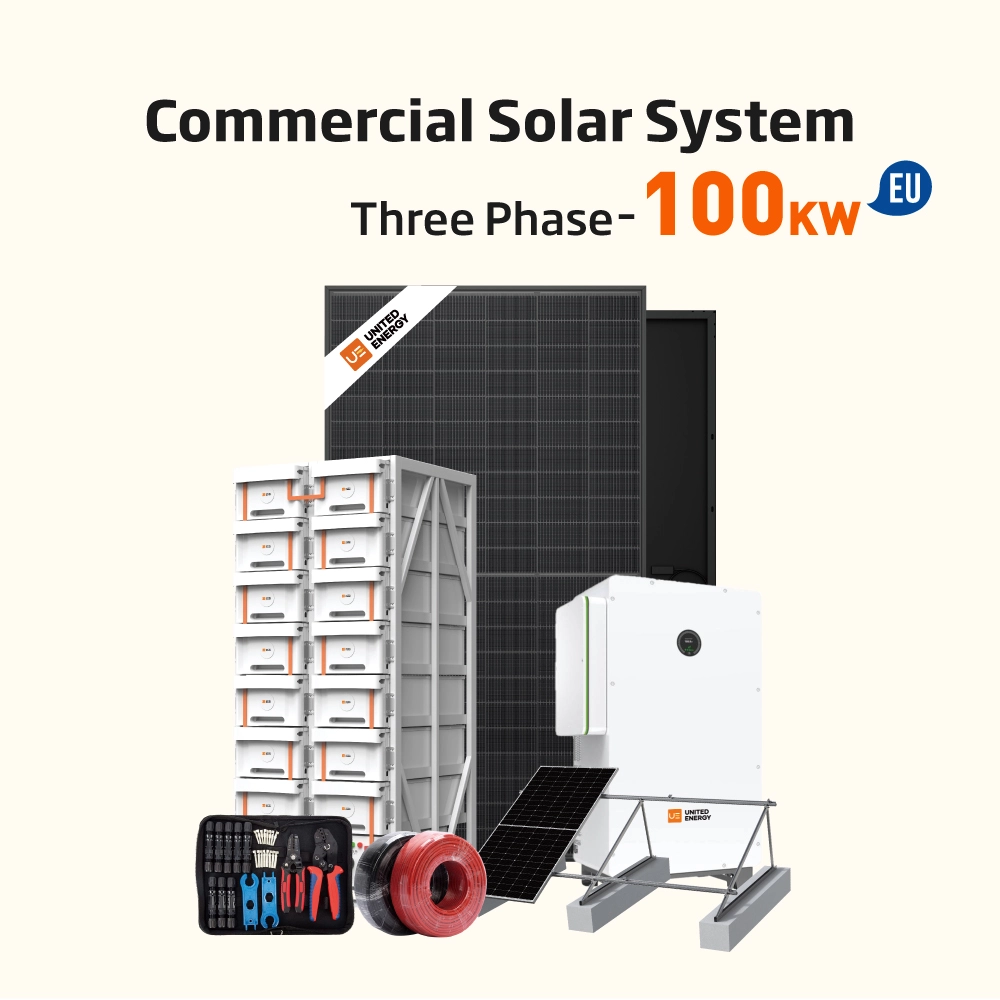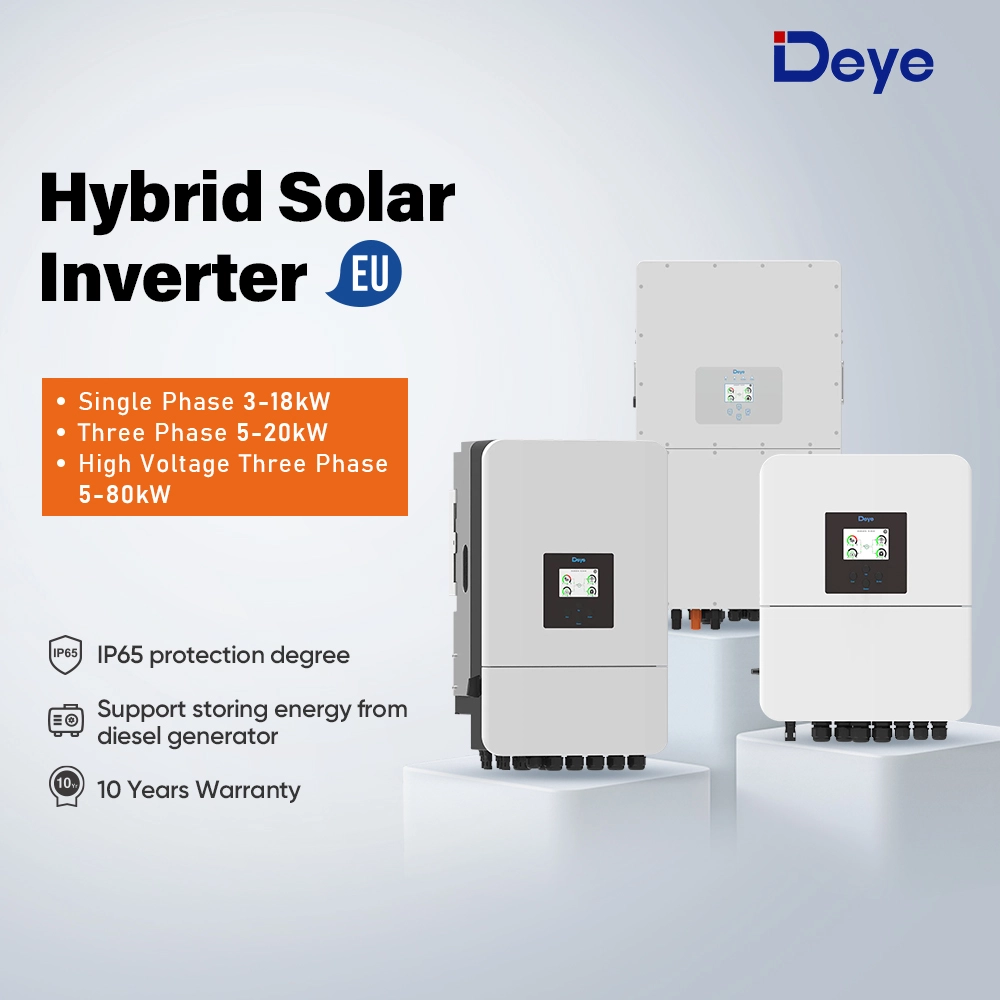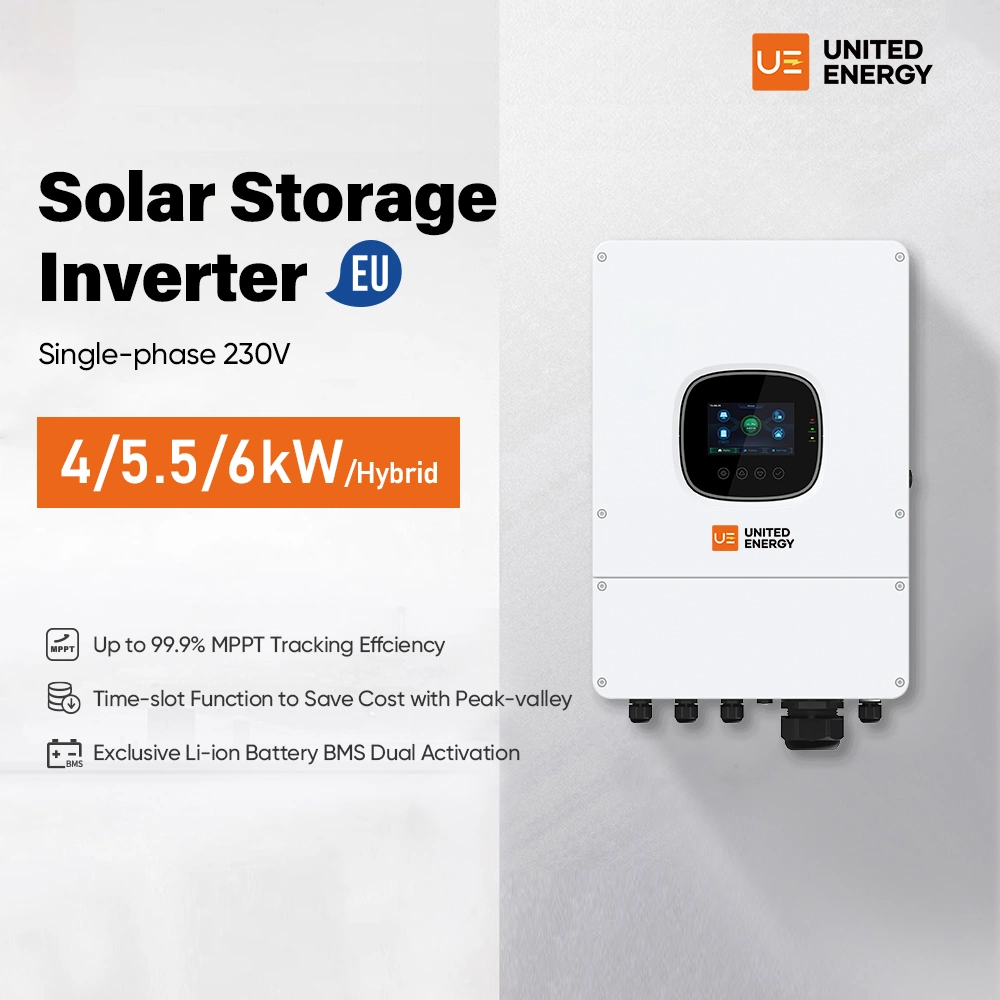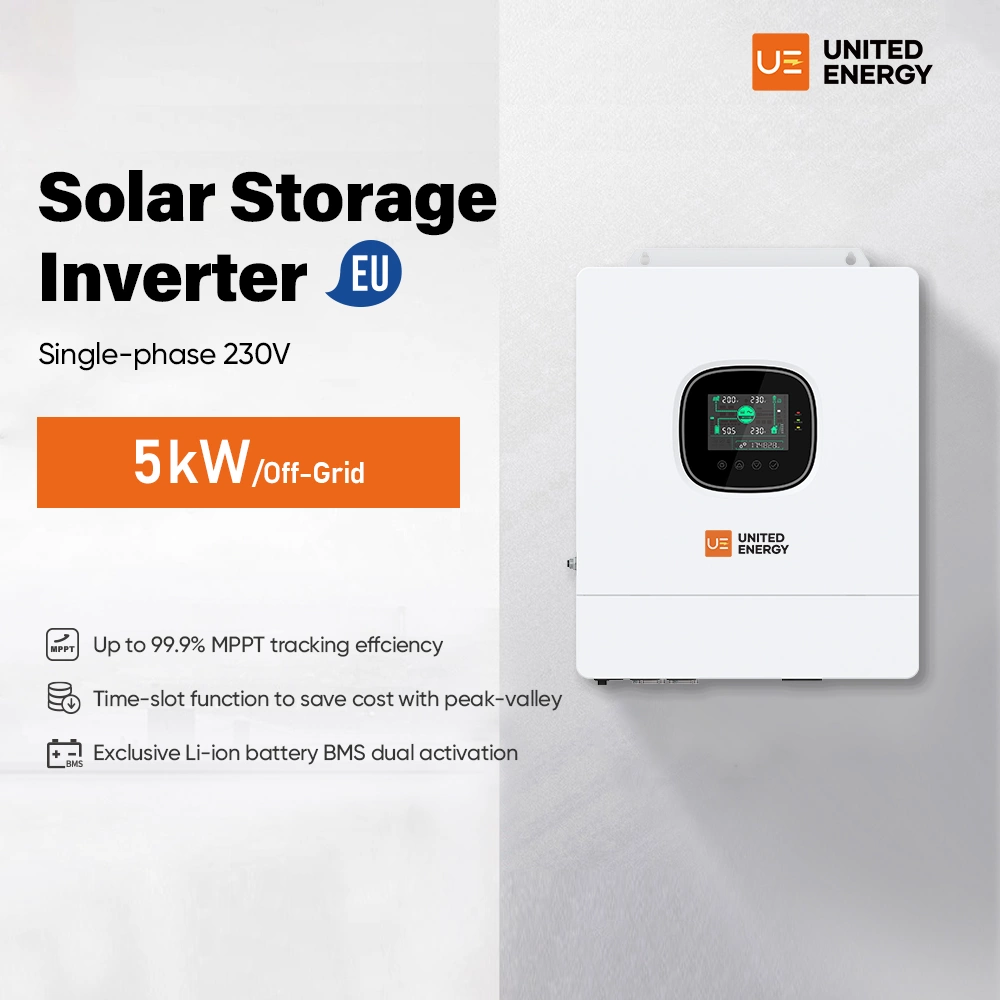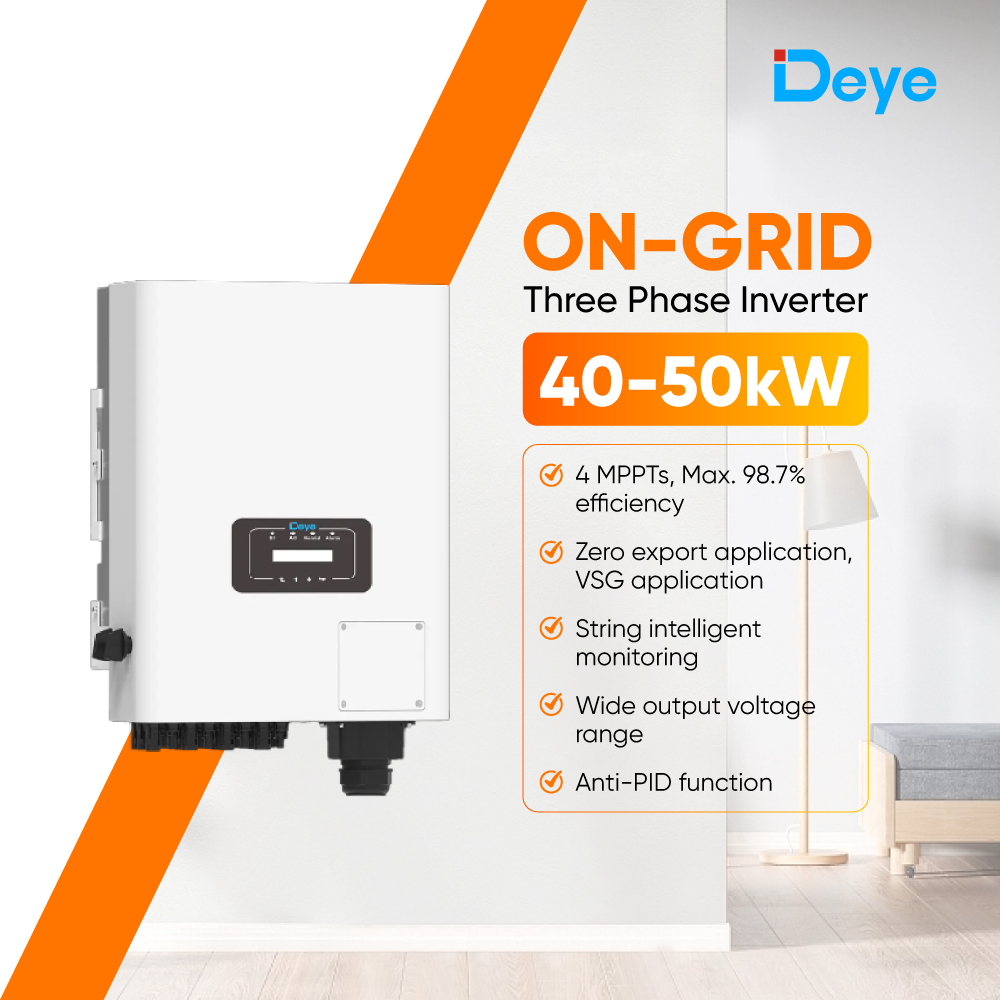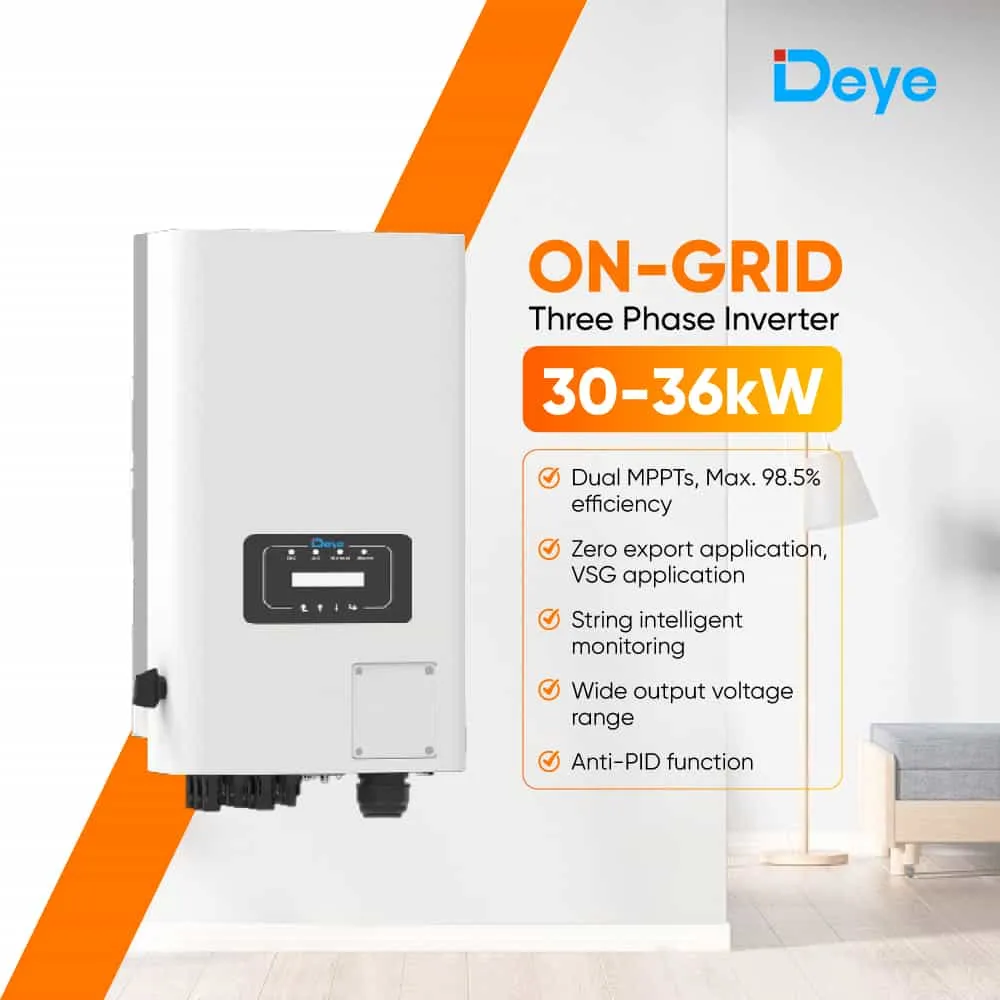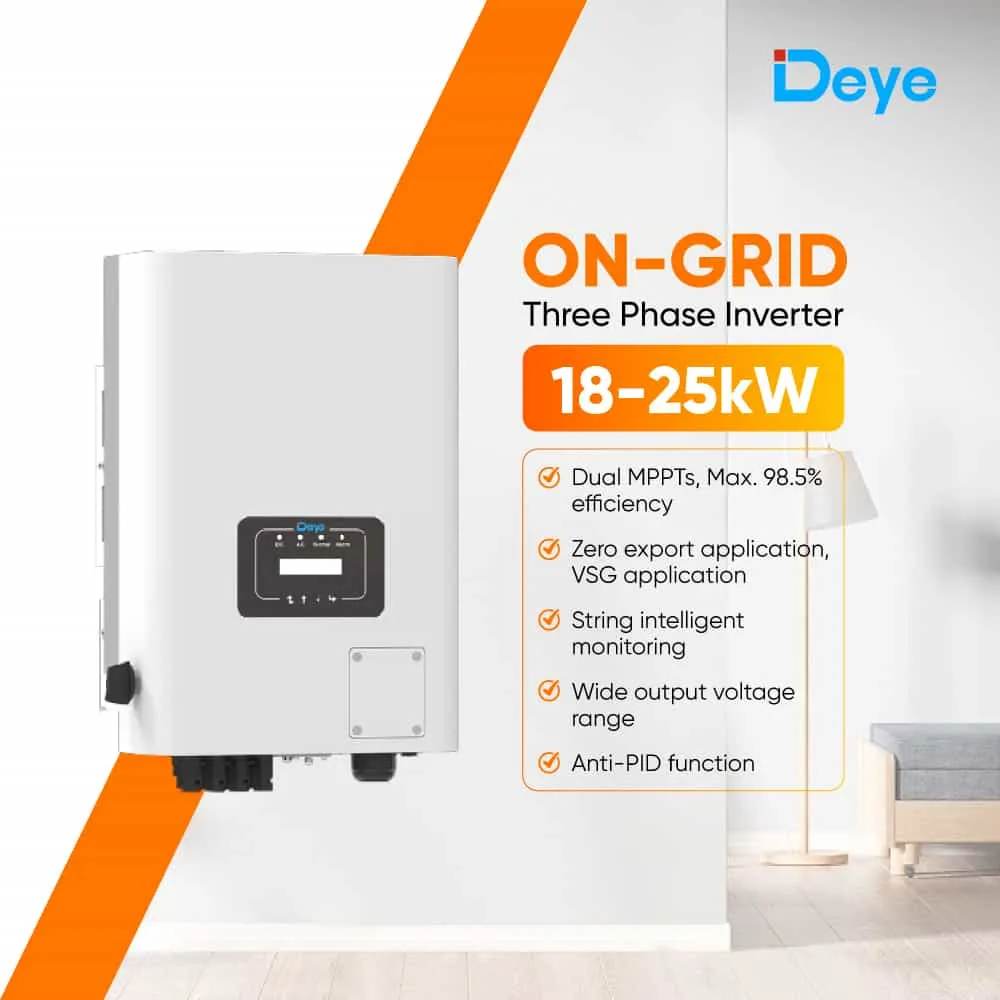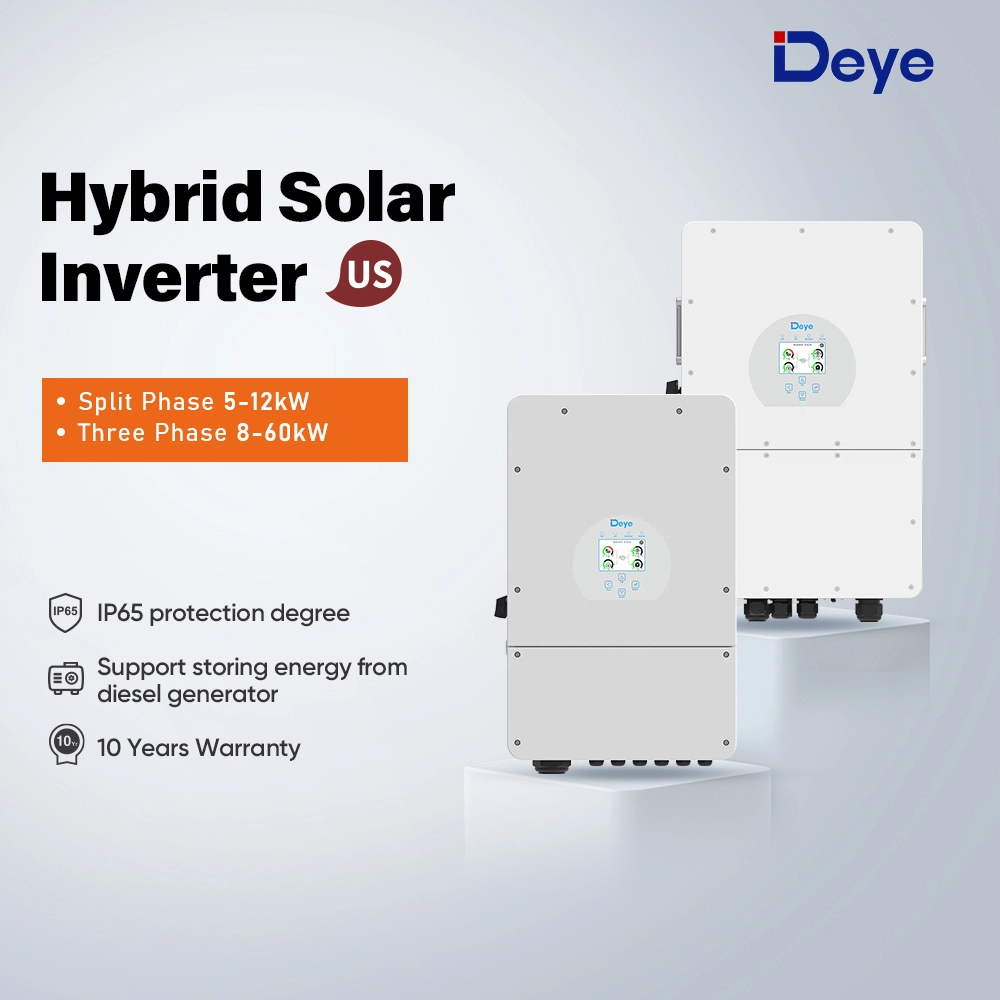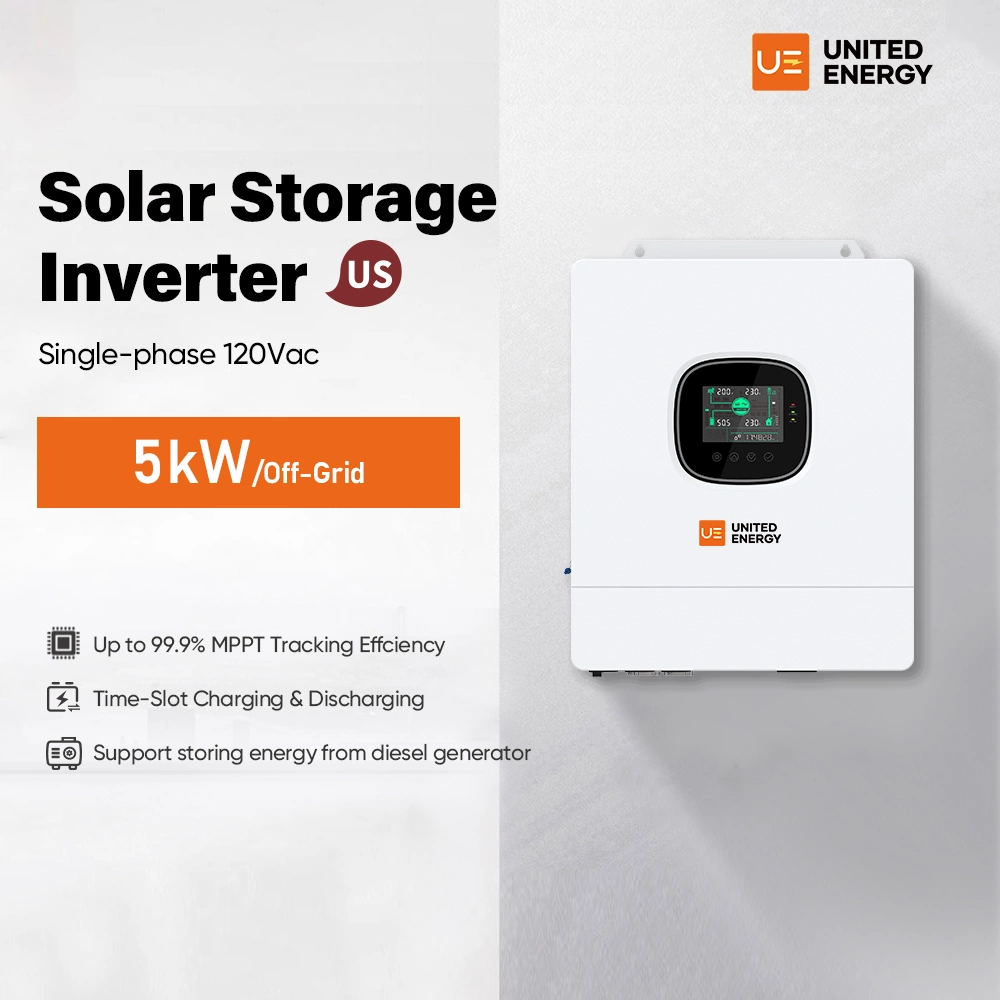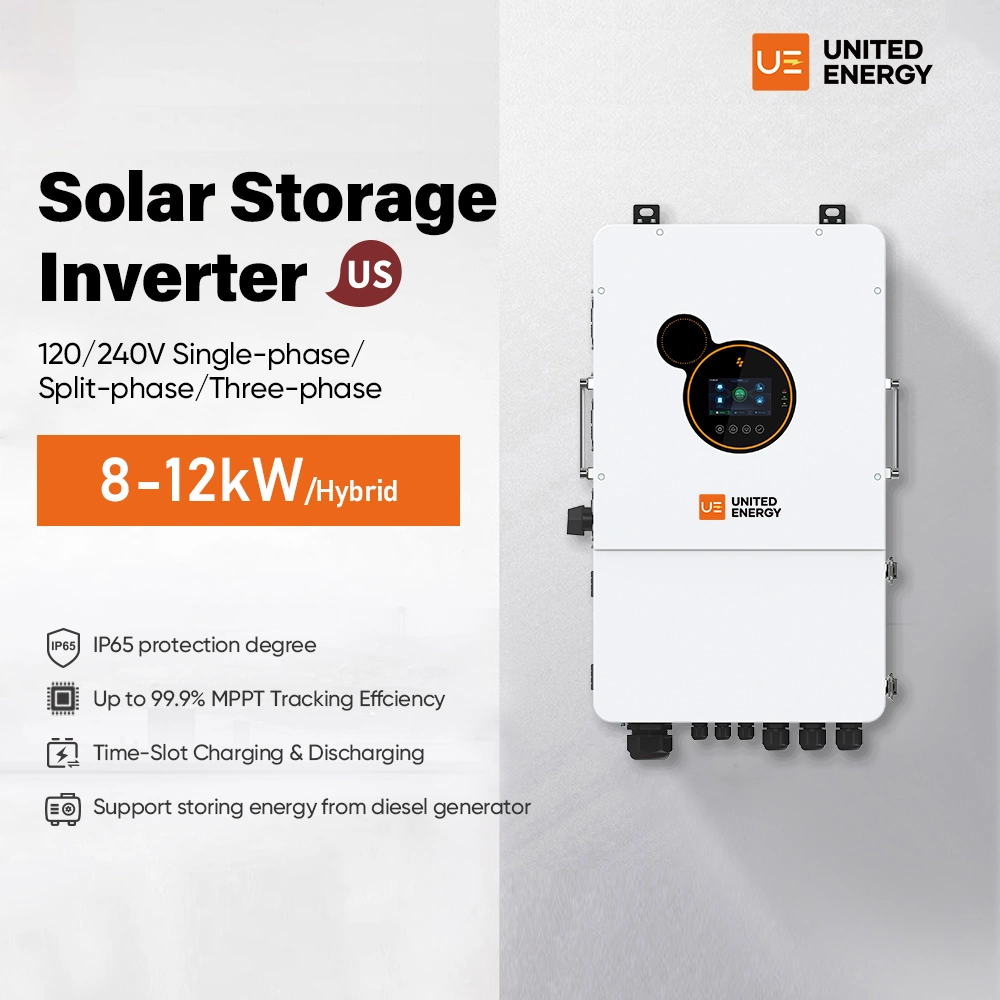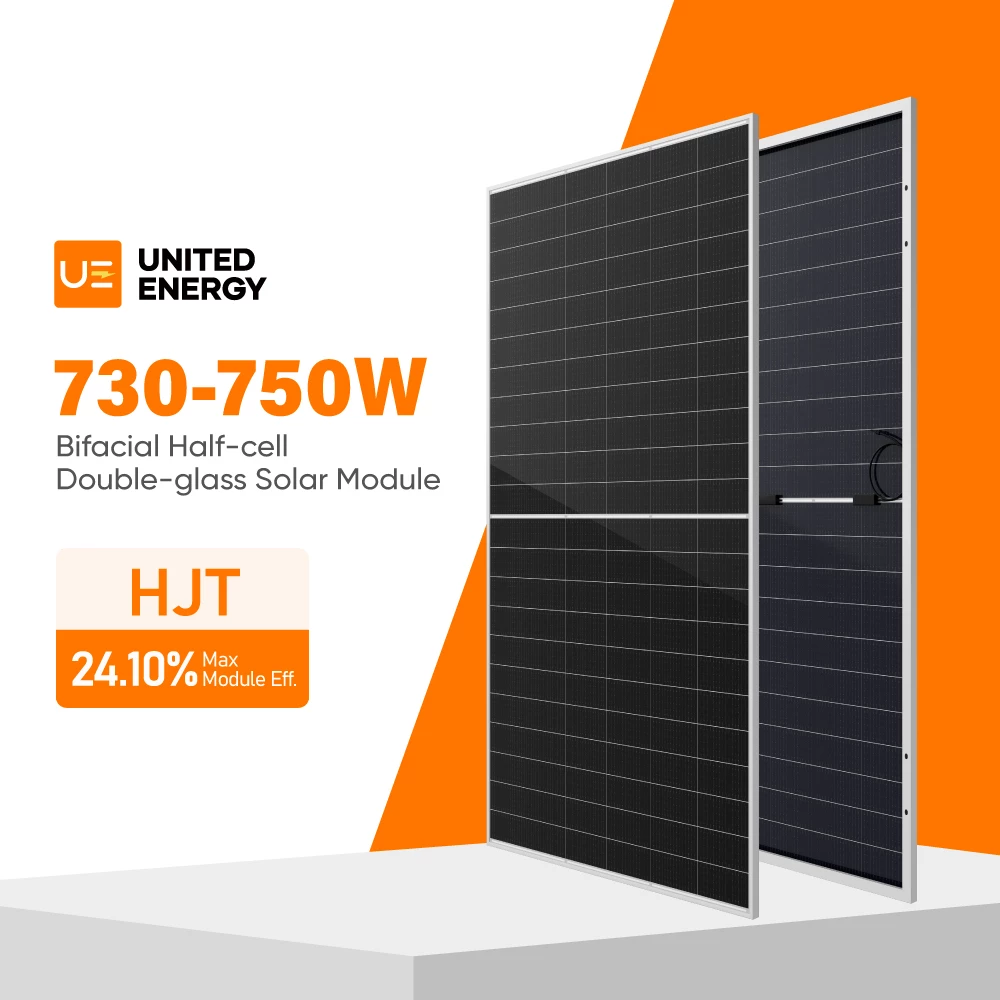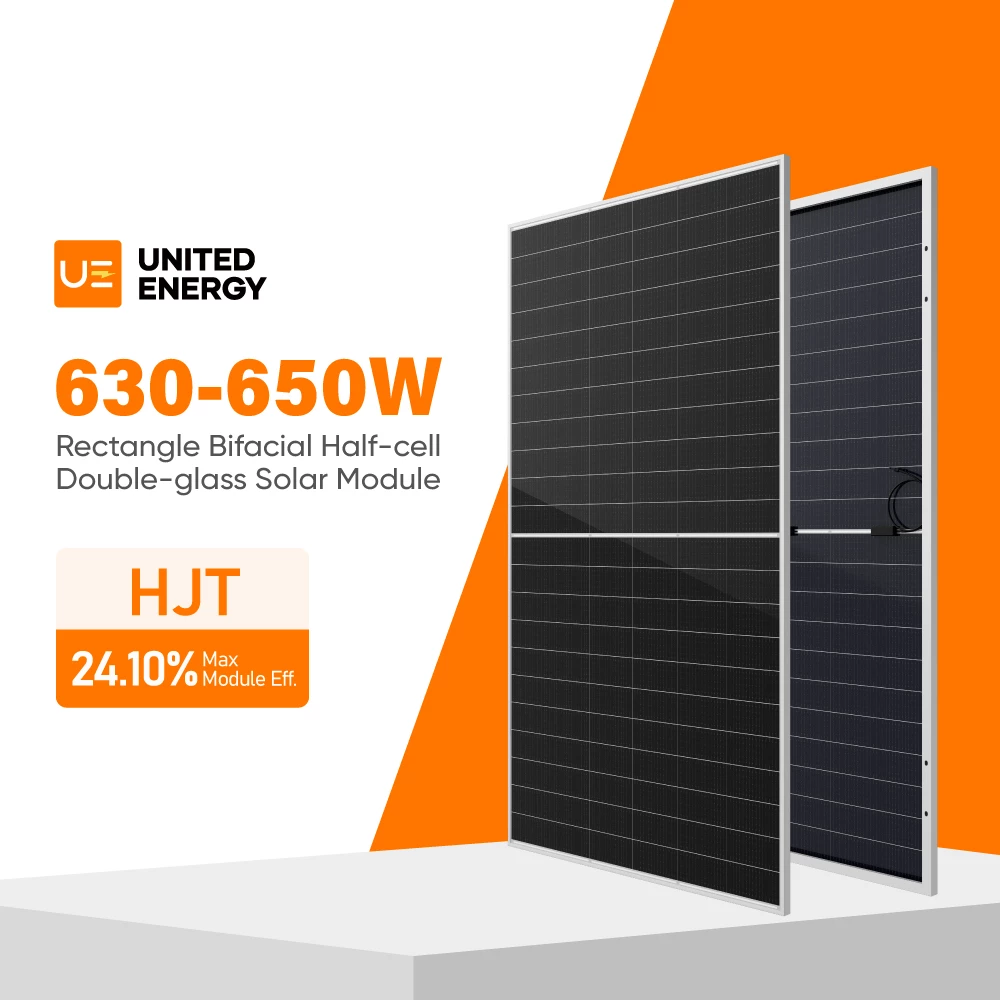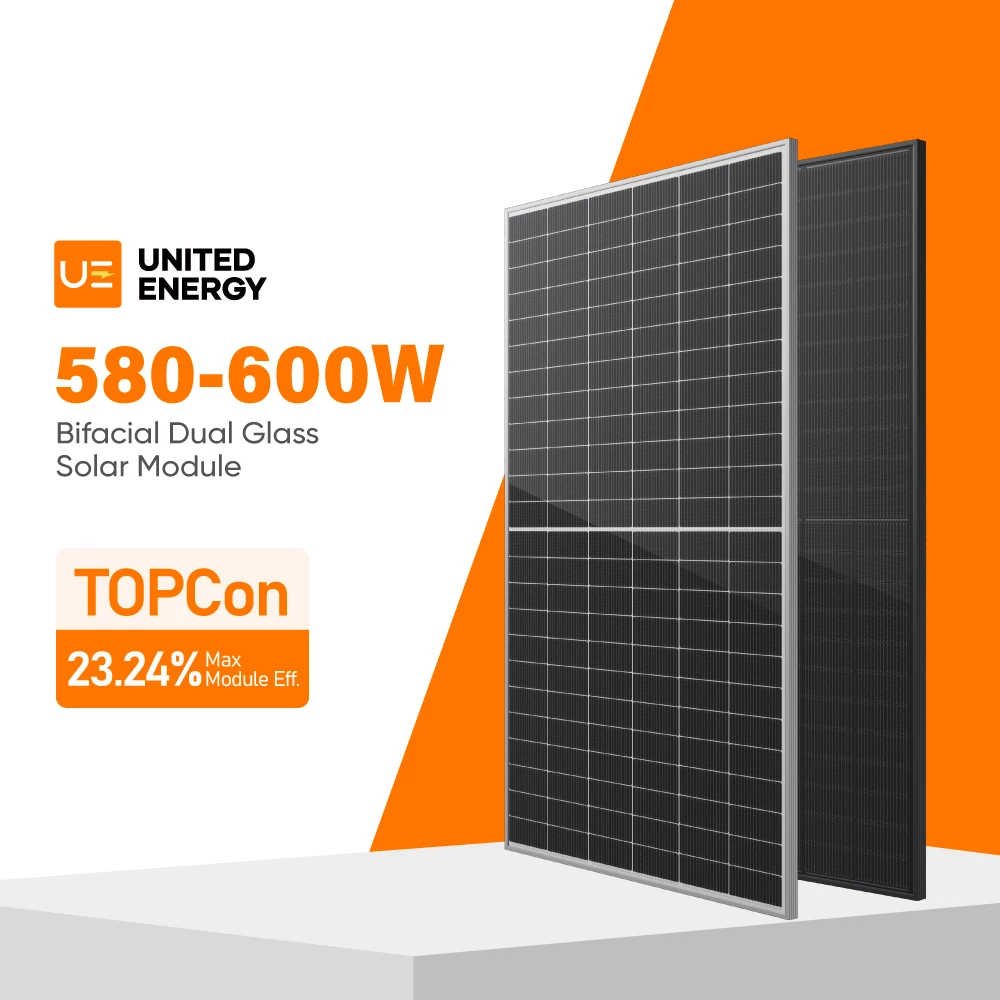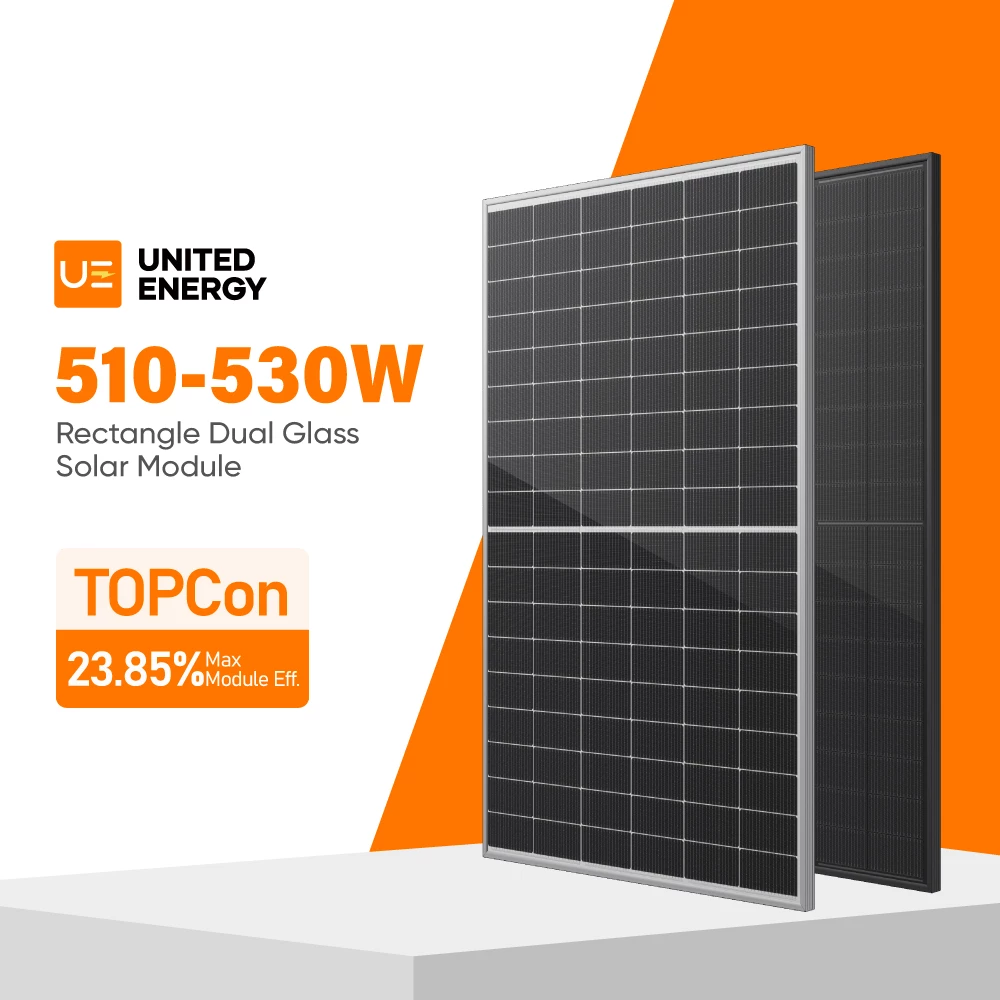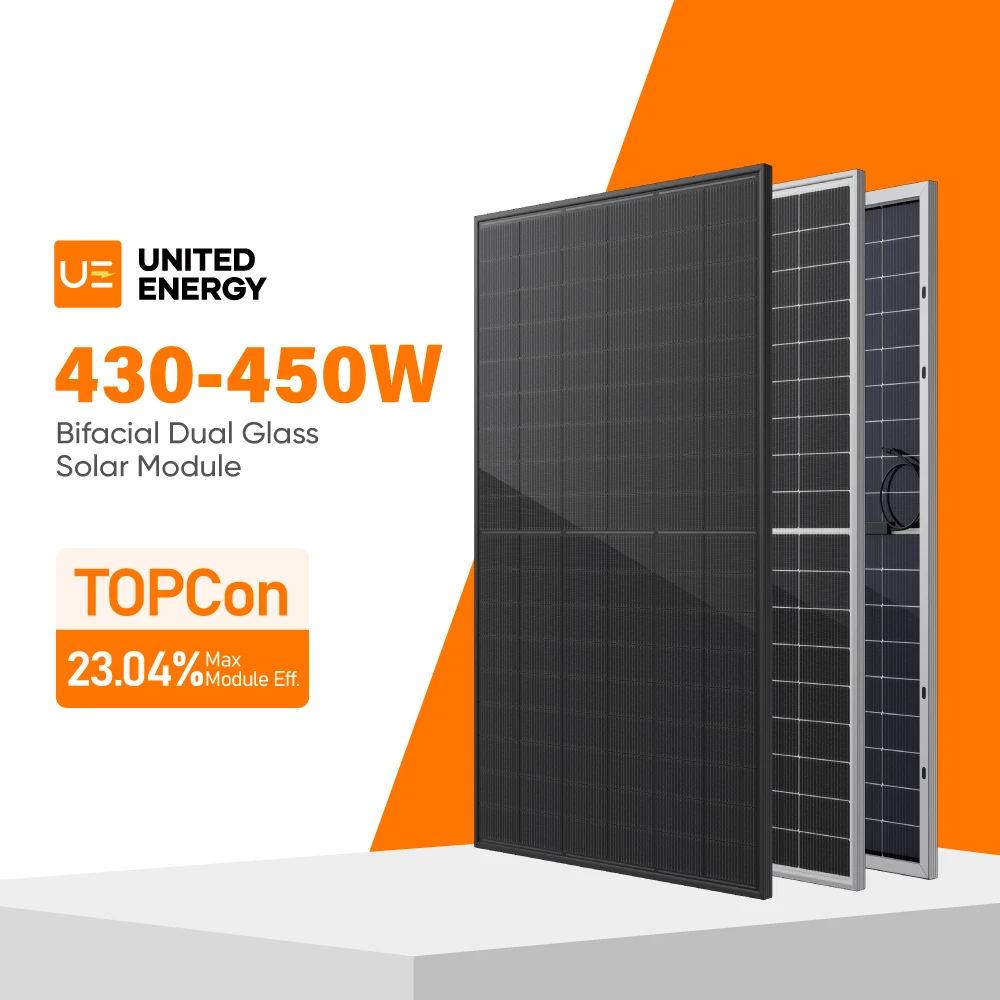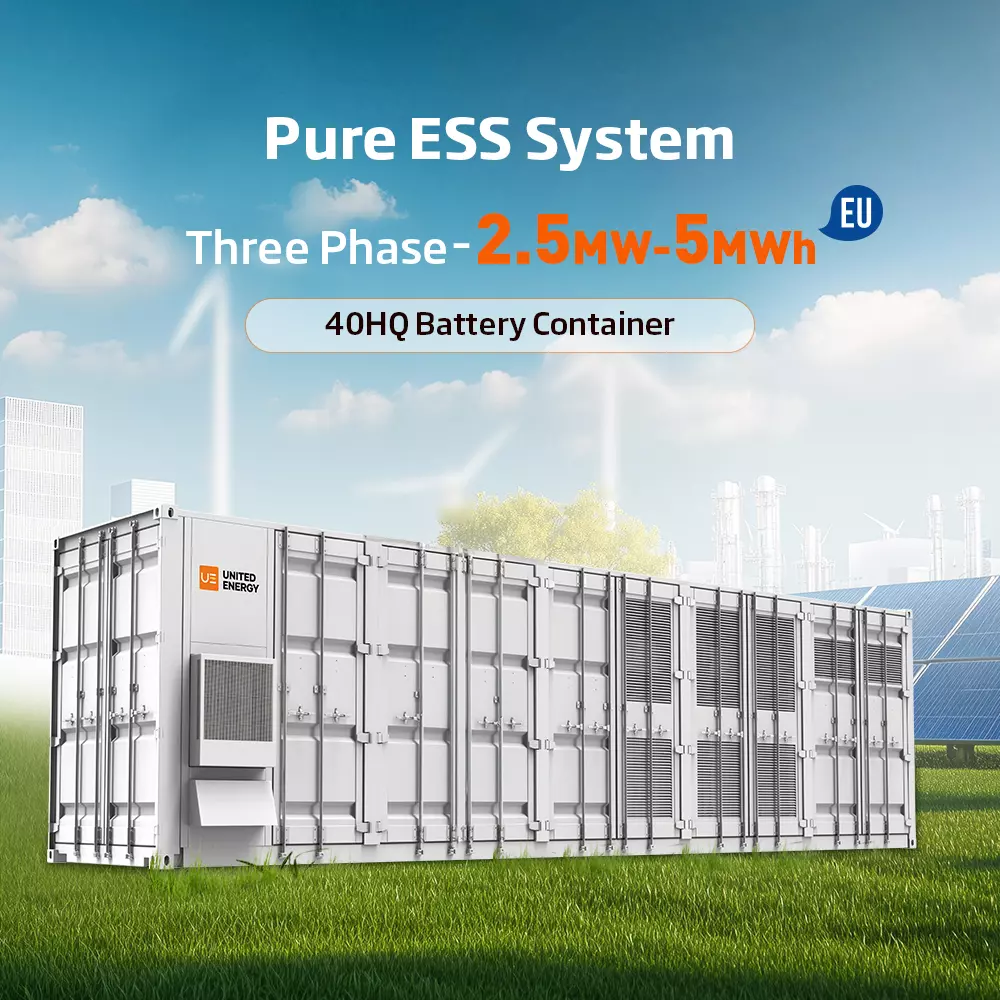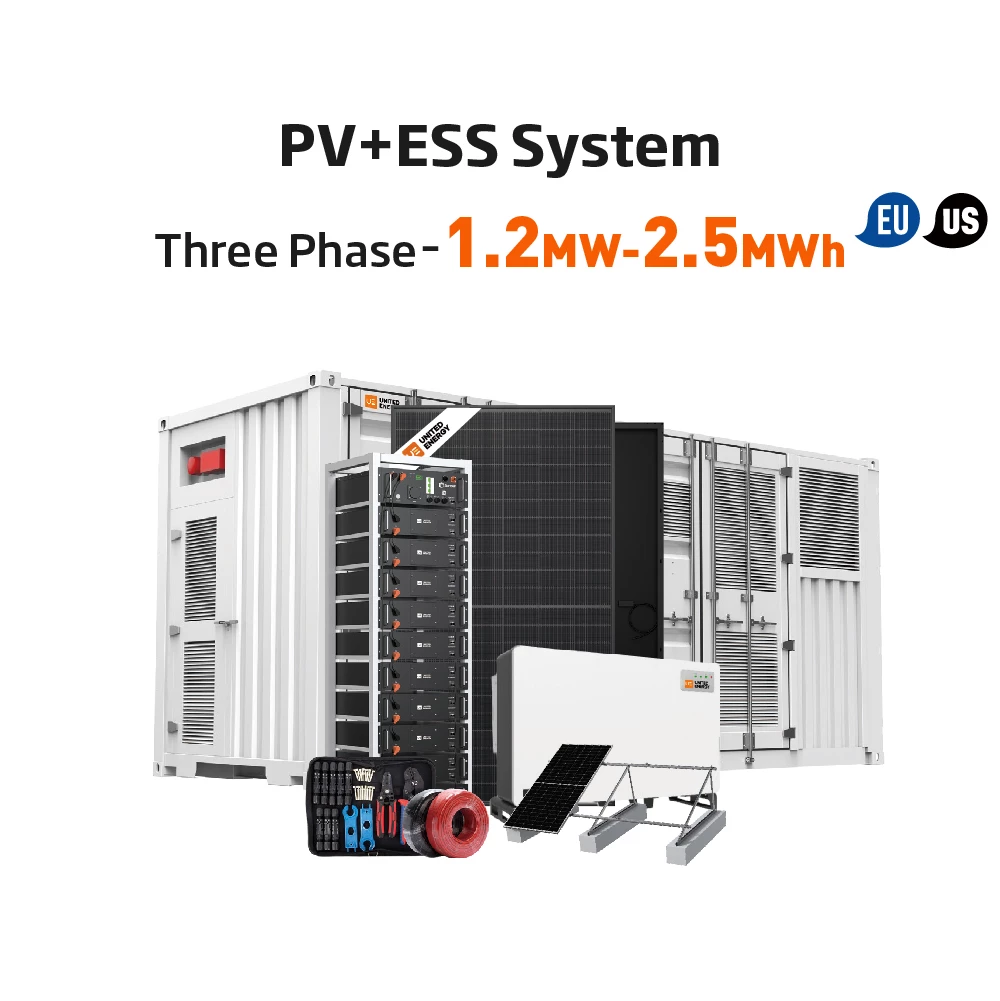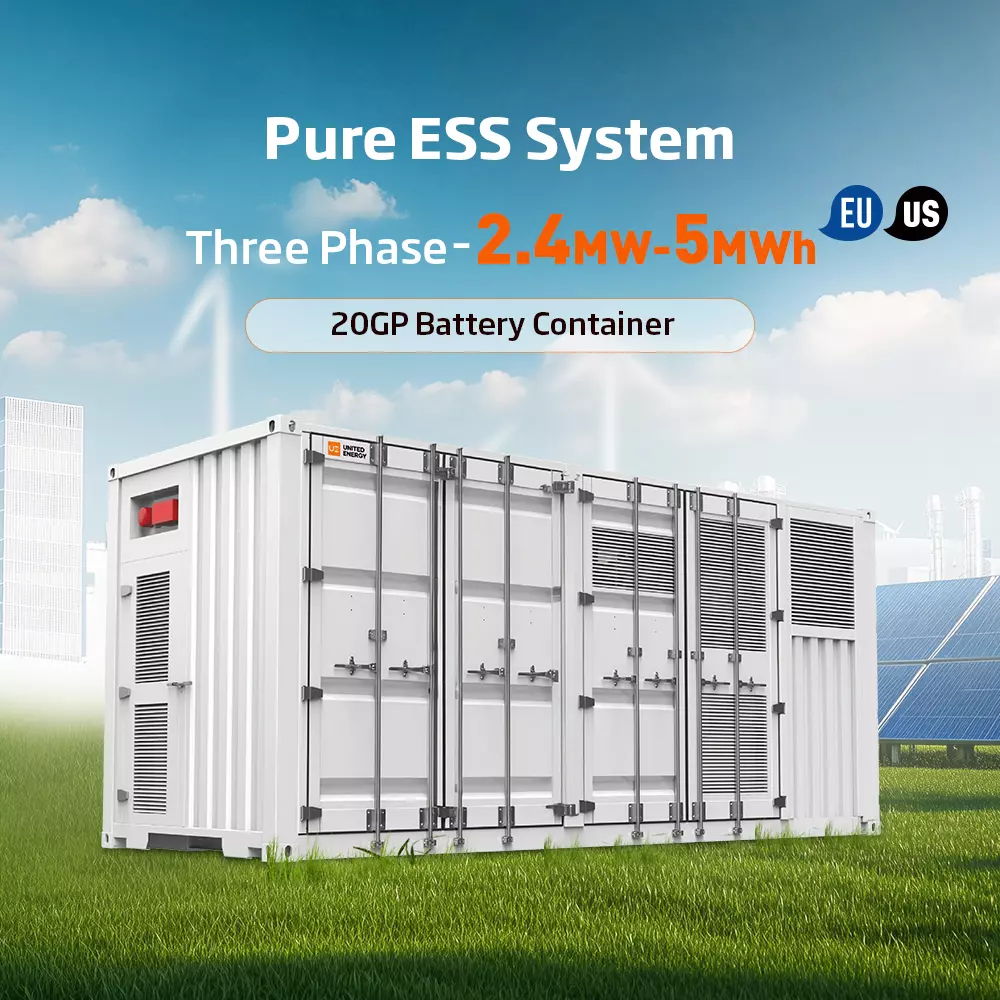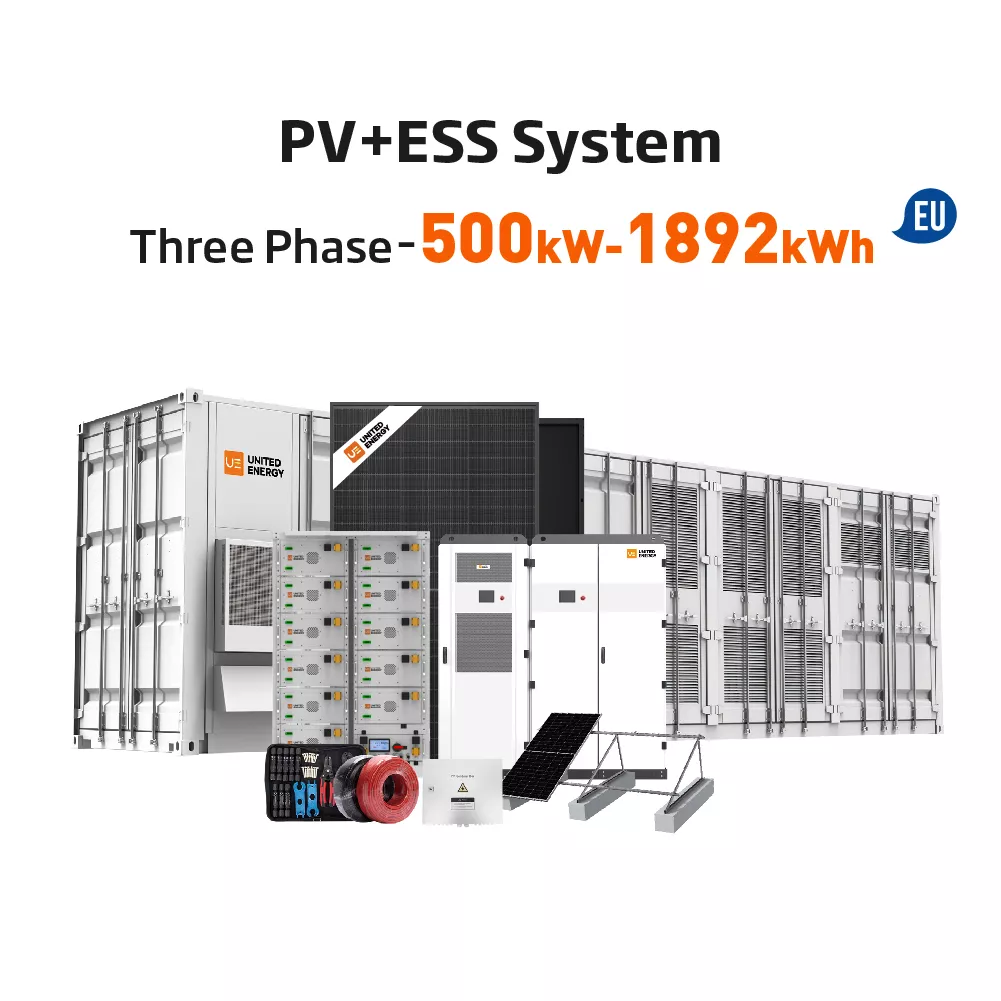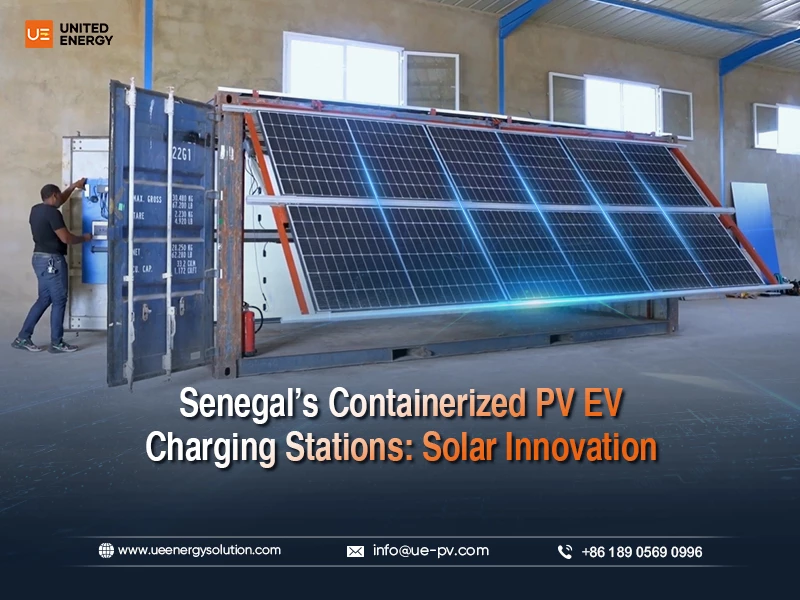
Senegal possesses abundant solar resources, but these resources remain largely untapped. Due to inadequate grid infrastructure, the country heavily relies on imported fossil fuels for power generation, incurring annual oil import costs exceeding $40 billion, 40% of which is used for transportation.
The lack of charging infrastructure in most cities makes it inconvenient to charge two-wheeled and three-wheeled electric vehicles and difficult to replenish their power instantly. This is not only a core bottleneck for the widespread adoption of these electric vehicles, but also restricts the development of the logistics industry, giving rise to a series of real-world challenges.
Against this backdrop, Mr. Tijan, head of a Senegalese company specializing in two-wheeled/ three-wheeled electric vehicles and energy solutions, is committed to innovating electric vehicle charging methods and revolutionizing traditional solar installation models. For this purpose, he partnered with UE, a trusted provider of photovoltaic technology.
Innovative Solar Energy Solutions
Instead of opting for traditional rooftop or ground-mounted solar power systems, Mr. Tijan adopted a bold approach: transforming a customized 20ft container into a standalone solar EV charging station. The main advantages of this design are:
1. During the day, the container doors are opened to generate electricity to charge electric vehicles.
2. At night, the doors are closed, and electric vehicles can be parked inside, reducing the risk of theft.
The detailed design is as follows:
By leveraging the container's multi-faceted structure, 6 PV modules were installed on its roof, front, and rear. The front and rear sections were then converted into movable doors, which unfold flush with the roof via retractable brackets. Each container is equipped with 18 pieces of 465W TOPCon bifacial PV modules, a 10kW off-grid inverter, three 10kWh lithium batteries, and an EV charging station— collectively generating 50kWh of electricity per day.
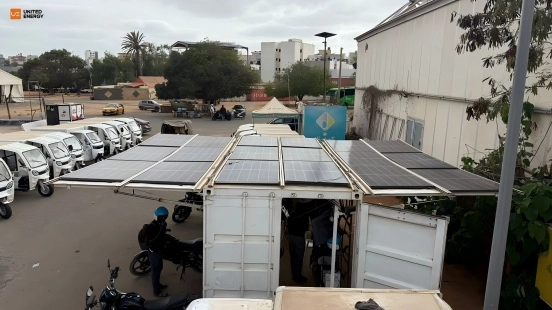
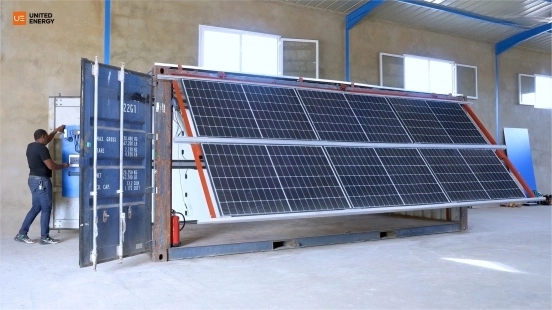
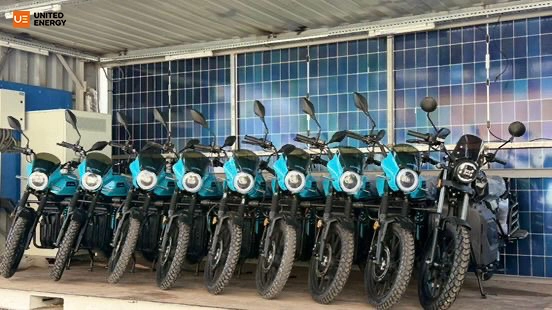
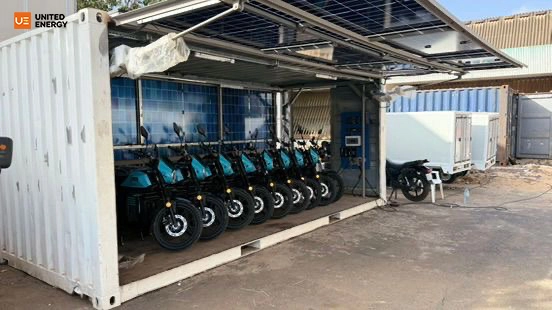
Core Products - 10kW Off-grid System
465W Solar Panel * 18pcs
Model: UE465T-48HBD
N-type TOPCon Bifacial Dual Glass Solar Module
Vmp/V: 30.38V Imp/A:15.32A
Weight: 22KG
Size: 1762 x 1134 x 30mm
Model: SPI-10K-H3
Rated Battery Voltage: 48V
Rated Output Voltage: 400Vac, three-phase
PV Array Power:7,500W/7,500W
No.of MPPT: 2
10.24kWh Lithium Battery (Wall-mounted) * 3pcs
10.24kWh, 51.2V 200Ah
Cycle Life: 6000 cycles@ 25°C 0.5C, 80%DOD
Communication: CAN / RS485
Protection: Integrated BMS
Core Advantages
- Maximized Solar Efficiency: By utilizing multiple surfaces (roof, front, rear) for panel installation, the system generates up to 30% more energy per unit area compared to traditional rooftop setups—unlocking Senegal’s underused solar potential.
- Rapid, Flexible Deployment: These containers can be quickly deployed to any area, accelerating the development of convenient urban transportation without the need for separate building construction.
Tangible Benefits
Mr Tijant’s EVs and solar charging solutions deliver dual value: environmental impact and cost savings.
- Cost Reduction for Users: Data from the client’s network system shows EVs cost just $2.50 to travel 100 kilometers—compared to $5.50 for gasoline-powered vehicles—translating to 50–60% in fuel savings.
- Carbon Emission Cuts: Each PV+ESS Container generate 13.6MWh of renewable energy annually, reducing CO2 emissions by 7~8 tons per year. This contributes directly to improving air quality and building climate resilience in the local region.
- National Energy Independence: By replacing fossil fuel-reliant transportation with solar power, the solution eases Senegal’s dependence on imported oil—moving the nation closer to energy self-sufficiency.
Looking Ahead: A Model for Africa Sustainable Mobility
Mr. Tijan’s containerized solar charging hubs are more than a local innovation—they represent a replicable blueprint for nations grappling with fossil fuel dependency and untapped solar potential. What makes this project stand out is its ability to turn a common asset (shipping containers) into a tool for sustainability, while aligning with Senegal’s economic and environmental goals.
As UE continues to partner with forward-thinking leaders like Mr. Tijan, this case reinforces a simple truth: sustainable energy solutions don’t need to be complex—they just need to be tailored to real-world needs. For Senegal, this is the start of a solar-powered transportation revolution; for the globe, it’s a reminder that innovation, when rooted in practicality, can turn energy challenges into opportunities for growth.


